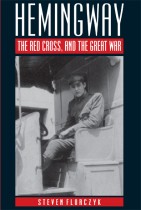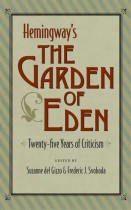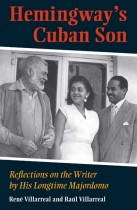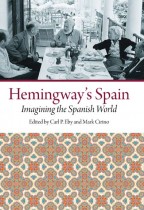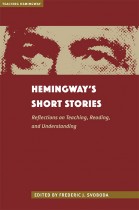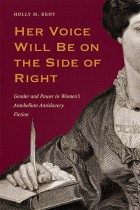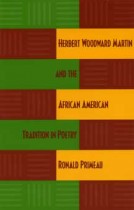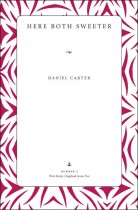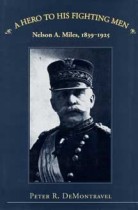Hemingway, Race, and Art
Marc K. Dudley | Filed under: Hemingway Studies, Literature & Literary Criticism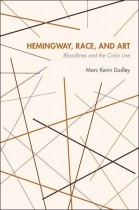
William Faulkner has long been considered the great racial interrogator of the early-twentieth-century South. In Drawing First Blood, author Marc Kevin Dudley suggests that Ernest Hemingway not only shared Faulkner’s racial concerns but extended them beyond the South to encompass the entire nation. Though Hemingway wrote extensively about Native Americans and African Americans, always in the back of his mind was Africa. Dudley sees Hemingway’s fascination with, and eventual push toward, the African continent as a grand experiment meant to both placate and comfort the white psyche, and to challenge and unsettle it, too.

